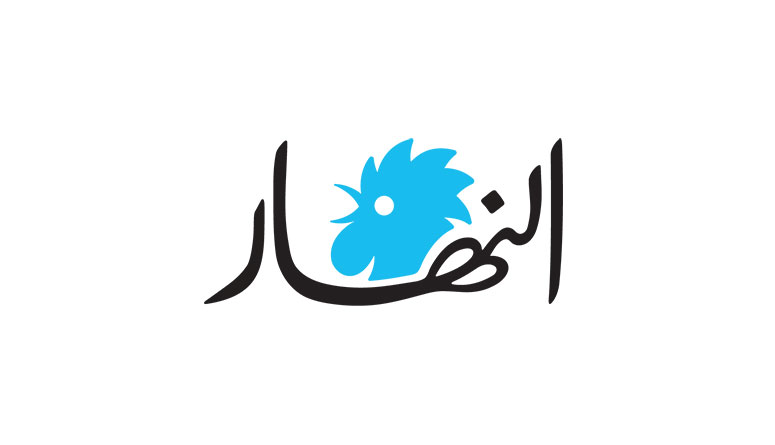Anna Rusconi once said, “Words travel worlds, translators do the driving”. Indeed, translation is incredibly important because it allows you to communicate and understand the others from different cultures and languages.
And in the last years, a new term came out which is “translation technology”. So the question that arises is:
WHAT IS TRANSLATION TECHNOLOGY?
Translation technology refers to the tools and software used to assist in the translation systems, translation memory software, terminology management tools, and other language technology resources.
This major that plays a vital role in breaking down language barriers is experiencing a revolution. So, let’s dive into some of the latest trends and innovations that are shaping the future of translation.
1. MACHINE TRANSLATION:
Machine translation is a technology that use algorithms and artificial intelligence to automatically translate text or speech from one language to another. However, it’s important to note that’s flawless and may give you translation that aren’t high quality and inaccurate. The experience of human translators is indispensable because their translation capture the true meaning and intent of the original content.
So, the combination of machine translation and human expertise can lead you to more effective and reliable translation outcomes.
2. CLOUD-BASED TRANSLATION PLATFORMS:
Cloud-based translation platforms are online services that provide translation capabilities through the cloud by improving efficiency, scalability, and allow you to access translation tools and resources remotely because it facilitate collaboration between the translators, offer features, quality assurance checks and enhance to translation workflow.
3. NATURAL LANGUAGE PROCESSING (NLP):
Natural language processing (NLP) is a super cool field of artificial intelligence that helped improve translation accuracy. Also, it helped computers understand and interact with your language in a natural and meaningful way. Also, it plays a crucial role in various applications, including chatbots, voice assistants, and language translation.
4. MOBILE TRANSLATION APPS:
There are several popular mobile translation apps available, such as Google Translate, TripLingo, and SayHi. These apps offer you similar features like offline translation, image translation, and voice input. You can explore these options and choose the one that best suits your needs.
To sum up, Whether, you are traveling, studying, or connecting with people from different cultures, the trends and the innovations in translation technology help you bridge the gap and foster understanding because it’s reshaping the way you communicate with others, and it’s an amazing tool that brings you closer to them, no matter where they come from.
Will these trends and innovations replace translators and dominate the world?

